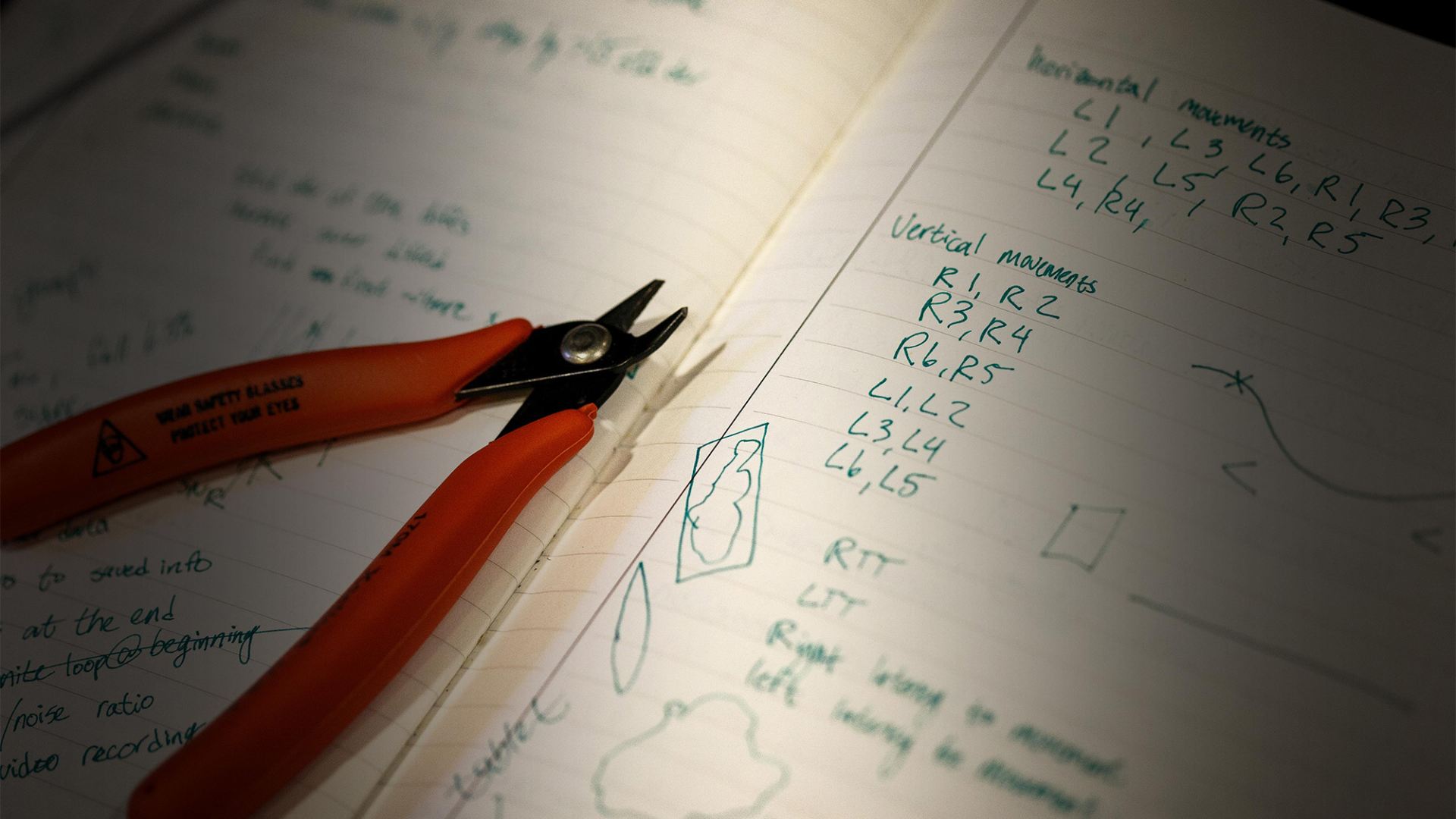
Opti-Speech

Dysarthria is a motor speech disorder characterized by impaired movement of the oral musculature for speech production. The disorder is a consequence of neurological impairments that can occur with stroke, traumatic brain injury, and cerebral palsy as well as neuro-degenerative diseases such as Parkinson’s disease and Amyotrophic Lateral Sclerosis. Approximately 3 million Americans suffer from dysarthria yearly. The inability to speak clearly results in high levels of frustration, stress, and depression that can quickly lead to a reduced quality of life and loss of productivity. Current therapeutic interventions for improving speech articulation are often intensive, laborious, and limited in effectiveness. Systems that can accurately track a patient’s tongue shape and motion in real-time and provide visual feedback during speech formation have the potential to dramatically improve therapeutic outcomes.
Researchers from several UT Dallas schools including the School of Behavioral and Brain Sciences, the Erik Jonsson School of Engineering and Computer Science and the Harry W. Bass Jr. School of Arts, Humanities, and Technology, as well as the Callier Center for Communication Disorders and corporate sponsors, have collaborated to improve analysis of speech production by enabling visualization of the human tongue.
VIDEO: Opti-Speech Demo
PUBLICATION: Visual Feedback of Tongue Movement for Novel Speech Sound Learning
PUBLICATION: Opti-Speech: A real-time, 3D visual feedback system for speech training (pdf)

Here is how it works:
Opti-Speech is an interactive system that integrates tongue, lip, and jaw motion capture from 3D Electromagnetic Articulography (EMA) systems to animate a realistic 3D avatar. Users get real-time visual feedback of their tongue and jaw movements during speech therapy, which helps both them and the speech therapist to guide correct tongue positioning for speech sounds. Tongue movements can be guided with customizable shape targets that are derived from normal speaker datasets or from users’ own best movements.
